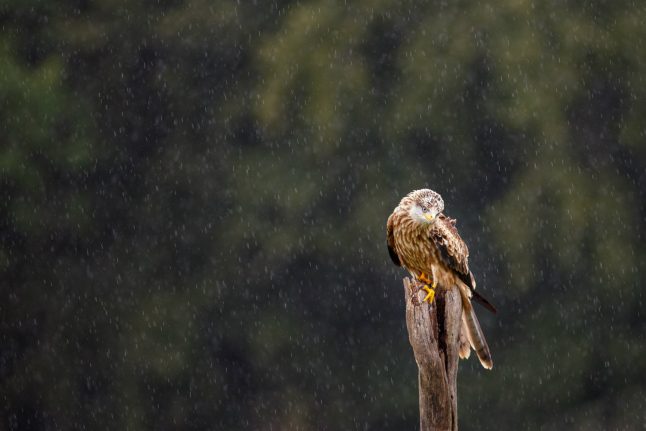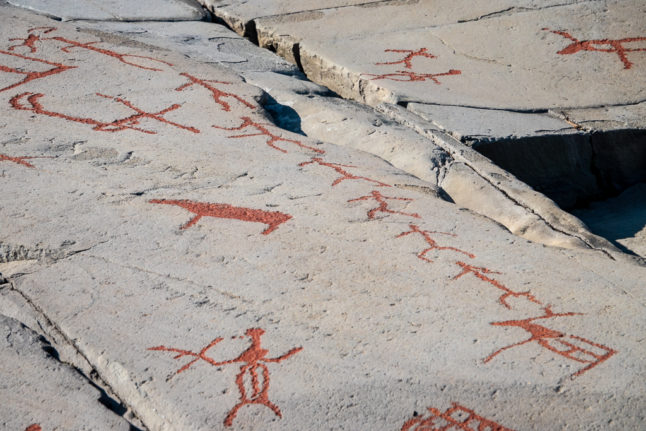The Danish Ornithological Society (Dansk Ornitologisk Forening, DOF) has estimated that number will as much as double in coming years.
A limited number of areas across the country, including south-eastern Jutland, Funen, Bornholm and northern Jutland, are considered the current prime spots for the species.
But the growing red kite population is showing signs of spreading to other western and northern habitats, according to ornithologist Per Rasmussen, who has collected data on the animal.
Rasmussen said that the bird is also likely to become more prevalent in western Jutland.
“This year we have found new red kite pairs in areas in which it has not previously been reported. It’s hardly unrealistic to think we could have 500 breeding pairs in a few years,” he said.
In contrast to other species of birds of prey, red kites can tolerate the nearby presence of rivals during the mating season. This makes them almost able to live close enough to each other’s territories to form colonies, which is atypical for birds of prey.
“The social nature of the kite is easy to see during the winter months, when the birds of prey sleep collectively in large or small flocks,” Rasmussen said.
During the first weekend of January, ornithologists across Europe are scheduled to carry out a count of red kite populations.
“The count in 2016 was around 50,000 red kites in all of Europe, which in practice also means the worldwide count,” Rasmussen said.
The red kite is included on the international list of threatened species. A scavenger, the bird often looks for food in Denmark near motorways and other busy roads where animals are killed by traffic.



 Please whitelist us to continue reading.
Please whitelist us to continue reading.